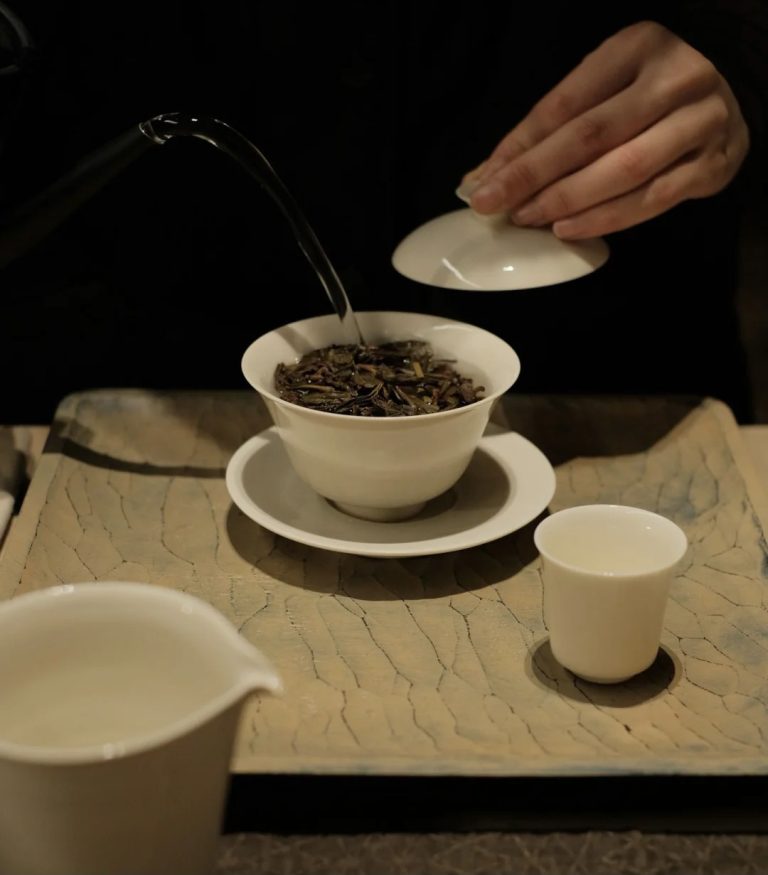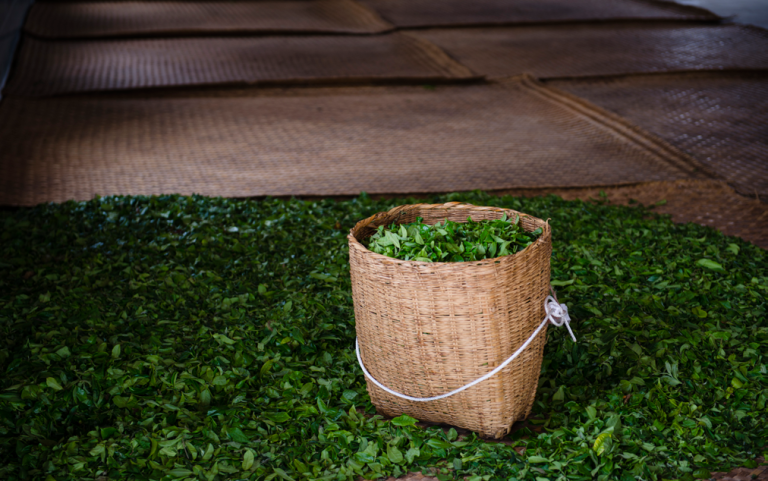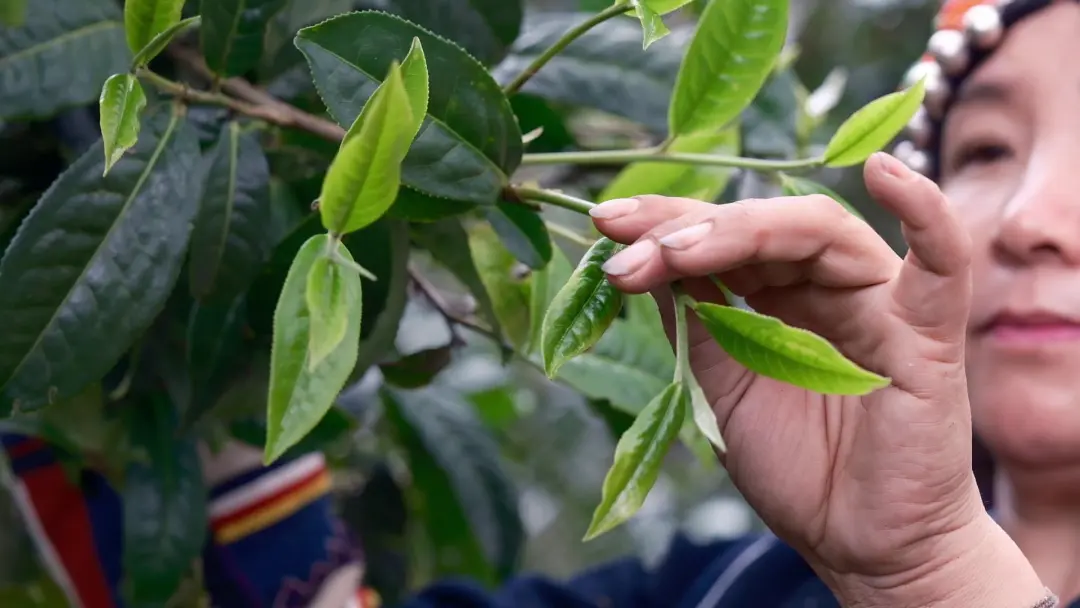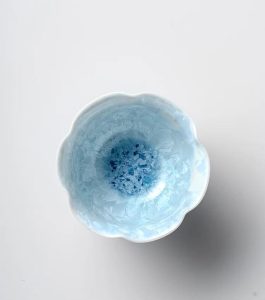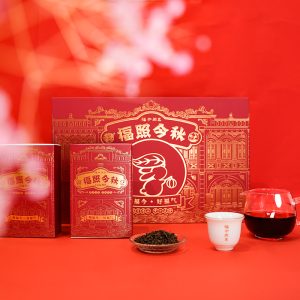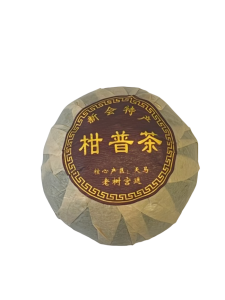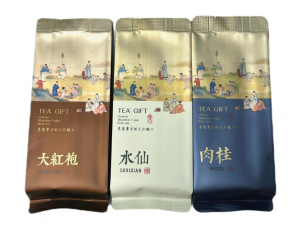
For centuries, Pu Erh tea has captivated tea enthusiasts with its unique and ancient charm. Its history is a rich tapestry, offering insights into China’s cultural and agricultural practices. This article explores the history of Pu Erh tea, from its origins and production methods to the factors that have shaped its global allure.
Origins of Pu Erh Tea
Delve into the storied past of Pu Erh tea, a beverage with deep roots in China’s Yunnan province. Its history is as intricate as its flavors, pu erh tea stands out as a unique type of fermented tea providing a fascinating look into the past.
Ancient Origins and Trade
The tale of Pu Erh tea dates back to the Eastern Han Dynasty (25-220 CE), when it was first cultivated by the indigenous Pu people of Yunnan. As demand for tea in regions like Tibet and Egypt grew, Pu Erh tea emerged as a significant export commodity. It traveled along the ancient Tea Horse Road, facilitating trade between southern China and its neighbors, particularly Tibet. Merchants exchanged Pu Erh tea for horses, underscoring its value in early trading economies.
The Discovery of Fermentation
A pivotal moment in Pu Erh tea’s history was the discovery of its natural fermentation process. Tea merchants, during their long journeys, observed that the tea leaves taste improved over time due to natural fermentation. This fortunate discovery led to the creation of a unique tea that was preserved well during transport and enhanced in flavor, making Pu Erh tea a coveted commodity.
The Ming Dynasty and Beyond
The Ming Dynasty (1368-1644 CE) was a significant era in the evolution of Pu Erh tea. It was then that the tea gained royal status, prized for its medicinal properties and unique aging process. The first Ming Emperor’s decree in 1391 to abolish compressed tea led to a shift towards loose tea leaves, further popularizing Pu Erh tea.
Geographical Significance
Pu Erh tea’s production is exclusive to Yunnan province, where the region’s distinct terroir contributes to the tea’s unique characteristics. Yunnan’s subtropical climate, high altitude, and mineral-rich soil create ideal conditions for tea cultivation. Key producing areas such as Xishuangbanna, Pu’er City, Lincang, and Baoshan are home to some of the world’s oldest tea trees, some exceeding 1,000 years old.
Production Techniques
Pu Erh tea’s production involves a distinct fermentation process, setting it apart from other teas. Known as “post-fermentation,” this process allows the tea to age and develop a complex flavor profile. We wither the tea leaves, then roll and dry them before fermentation. Aging can occur naturally or be accelerated through controlled conditions.
Cultural Significance
Pu Erh tea has played a significant role in Chinese culture. Once reserved for the emperor and the elite as a tribute tea, its popularity spread and became a staple in Chinese households. Believed to have health benefits, its appeal endures.
The Role of Pu Erh Tea in Modern Society
Pu Erh tea has gained international recognition in recent years. Its unique taste and potential health benefits have piqued the interest of tea connoisseurs worldwide. The tea’s ability to improve with age has also made it a popular investment, with some rare Pu Erh teas fetching high prices at auction.
The Art of Brewing Pu Erh Tea
Brewing Pu Erh tea is an art form. We typically brew it at a higher temperature than other teas, with the brewing time varying depending on the age and type of Pu Erh. This process allows us to extract the full flavor of the tea, resulting in a rich and smooth cup.
Health Benefits of Pu Erh Tea
Research suggests that Pu Erh Tea may offer a range of health benefits, including aiding digestion and boosting metabolism. Its high antioxidant content is also believed to contribute to overall health and well-being.
The Future of Pu Erh Tea
As interest in Pu Erh tea continues to grow, so does the demand for high-quality, authentic products. Producers are increasingly focusing on sustainable practices to ensure the tea’s quality and protect the environment. The future of Pu Erh tea looks bright, with new markets opening up and a growing appreciation for its unique qualities.
Pu Erh tea’s history is a testament to the enduring appeal of this ancient beverage. Its unique production methods, cultural significance, and potential health benefits have secured its place in the world of tea. As more people discover the joys of Pu Erh tea, its rich history and complex flavors continue to captivate and inspire.

